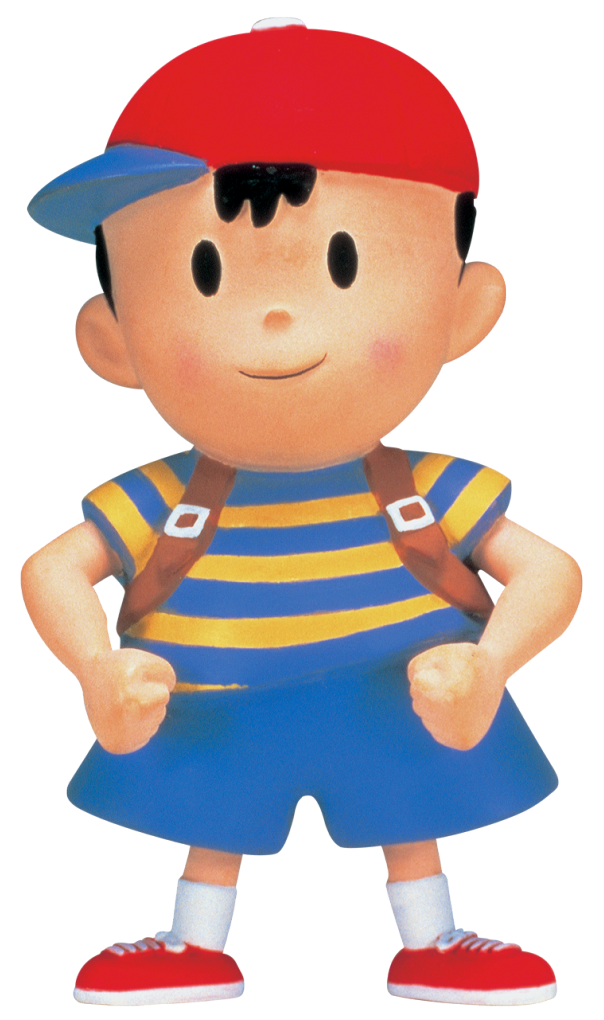I just installed the CR Touch kit on my Ender 3 Pro. Everything is wired up, but I can’t seem to get the Z-Axis offset correct. My process is:
- Auto-Home
- Step the Z-Axis down until there’s slight resistance on a sheet of paper between the nozzle and bed
- Take that value (Roughly -1.3) and put it into the Z-Axis Offset value
- Level bed
All of this works, but when the bed is leveling, the CR Touch needle is hitting the bed way earlier than the nozzle by maybe a few mm. When I go to print, there doesn’t seem to be adhesion in some places on the glass bed.
What am I doing wrong? :(


Okay, So, it might just be confusion between the probe being deployed or not… (i didn’t catch that until re-reading @p1mrx’s comment.) so edited a few things… You can deploy probes manually for configuring the probe’s offset, either by going into configuration -> BL-Touch (i assume cr touch is treated as such.) deploy/retest will be in that menu.
If your using a command line from a computer- pronterface, octoprint, you can send the command using m401 to deploy and m402 to retract.
my z offsets are usually around 2 mm give or take, so that should be enough.
I use pronterface (mostly because it’s what I’m used to… and my desktop is right there. octopi if it’s a different printer.)
you can skip the x and y offset calibration if it’s already been done to a reasonable degree of accuracy. I personally also use the thinnest feeler guage in the stack rather than paper. (IMO paper is inconsistent.) you can use whatever works for you, however. also, make sure your printer is heated. to printing temperatures.
to obtain the x and y off set:
9.1 m851 x[new value] y[newvalue] ; this sets the offset for x and y.
to get the z offset, the process is similar, but now you don’t need to do x and y again. (it really doesn’t need to be that accurate. visually close is good enough)
11 g1 x110 y110, z2 ; to set the nozzle of for verification. Drop it the last 2 mm by hand, in case it was off to verify.
from here, you can then level your bed however you normally do that. I generally move the nozzle above where the bed is held to the y axis (those adjustment screws,) if I’m manually leveling. But I highly recomend using UBL if you have marlin installed- it takes some set up, both in the firmware and creating the mesh to store in the first place, but when you have it up, you add gcode that Loads the new mesh And then probes the bed to tilts the mesh to the bed plane UBL is very forgiving of poorly trammed beds as long as your offset is accurate enough.